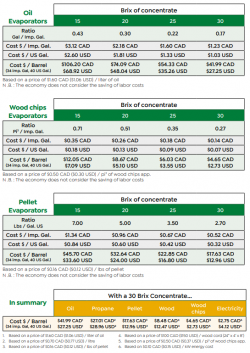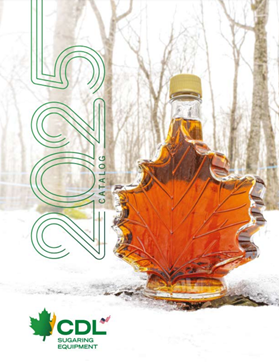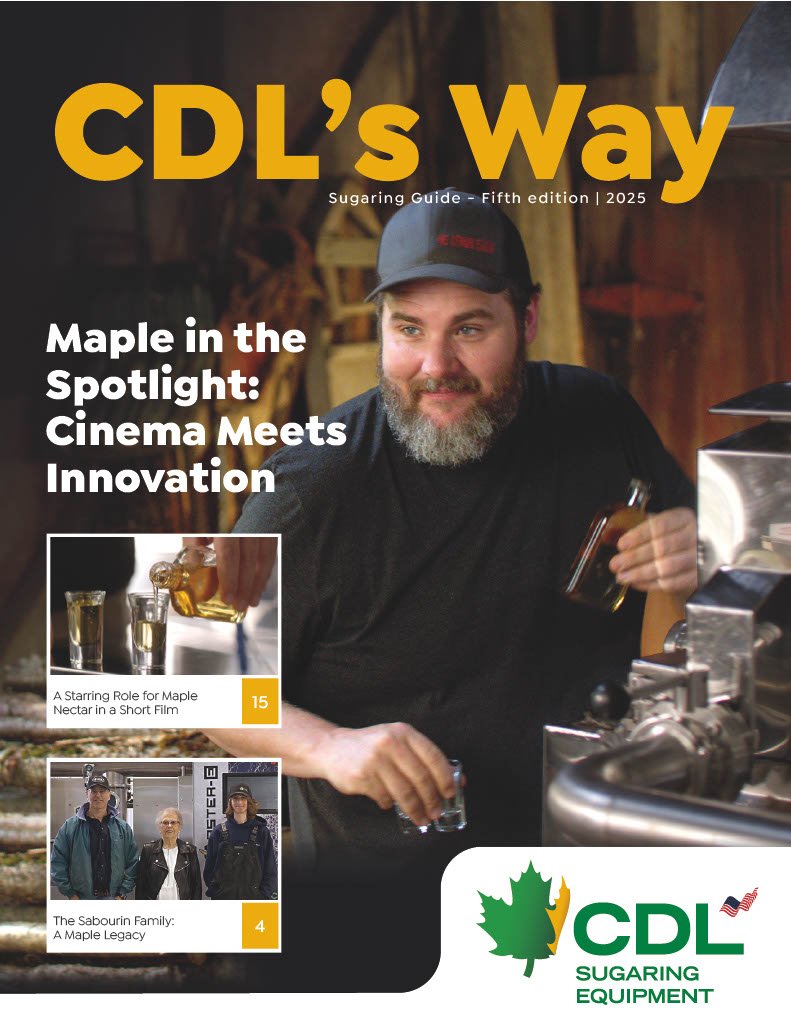It pays to be more efficient!
Aiming for efficient maple syrup production brings its fair deal of challenges! Because we share this quest with all maple syrup producers, our Research and Development Department is always looking to innovate. Our team is constantly challenging existing processes to develop highly energy-efficient equipment. In maple syrup production, the most energy-intensive step is evaporation. That’s why it’s critical to optimize this stage or the one just before it: concentration, or reverse osmosis. Here we present some interesting facts to help you consider changes that may be beneficial for your business.
If you’d like to keep your current evaporator, you’ll need to be careful in choosing your reverse osmosis system (RO). By increasing your concentrate’s final Brix, you remove a significant amount of unsweetened water, which directly reduces the boil time. If you look at the charts opposite, you can see that regardless of fuel type, the Brix of your concentrate will have a significant impact on the energy required—and thus on the cost per barrel.
For example, using the same oil evaporator, if you boil at 15 Brix, you will need 0.43 gallons of oil to produce 1 gallon of syrup. In contrast, if you boil at 30 Brix, you will only need 0.17 gallons of oil for the same amount of syrup. In the end, you’ll save more than 60% of oil for each barrel produced!
One point to consider is how much electricity an RO uses. For example, the largest model of the Fendeuse line currently sold by CDL, the one with 4 posts, consumes about 14.2 kW per hour of operation, which represents $1.42 CAD per hour in electricity (≈$2.13 USD). This is much less than the energy you would use for the same hour of boiling with an evaporator!
Note that our calculations exclude the labour costs associated with operating the evaporator. In some cases, you may choose to upgrade to a more efficient evaporator with a higher barrel-per-hour capacity than your old model, but which runs on the same fuel, even if the energy is more expensive. This is up to the customer. Better production performance would certainly reduce the amount of fuel, but more importantly, it would reduce the required boil time.
If, instead, you would prefer to change the evaporator entirely, the choice of fuel becomes a primary concern. As you can see in the last table, with the same concentrate, the electric evaporator delivers the most affordable cost per barrel, followed closely by the wood chips evaporator. Third place is held by the conventional wood evaporator. Note that our calculations consider that a cord of wood (24’’ x 4’’ x 8’’) costs $100 CAD ($150 USD).

Good to know! Our Master oil evaporators can be modified to burn biomass (chips or pellets). With the soaring cost of oil, this is an option worth considering! Ask our team about how you can make this change. Converting an oil evaporator to one fuelled by biomass is simple: just change the evaporator’s frame, including the feed system. Plan suitable storage for the new fuel: a silo for pellets or a weatherproof location for wood chips.
Remember to consider the labour you’ll need to feed your evaporator and manage your fuel! Our chip and pellet evaporators allow for 100% automated feeding so you can spend your time on other key stages of production. These evaporators also deliver improved boiling stability, another aspect that shouldn’t be overlooked!
You may be wondering about your return on investment. According to our experts’ calculations, the annual savings from changing an RO or an evaporator yield a positive return on your investment. Our team can do this calculation with you!


